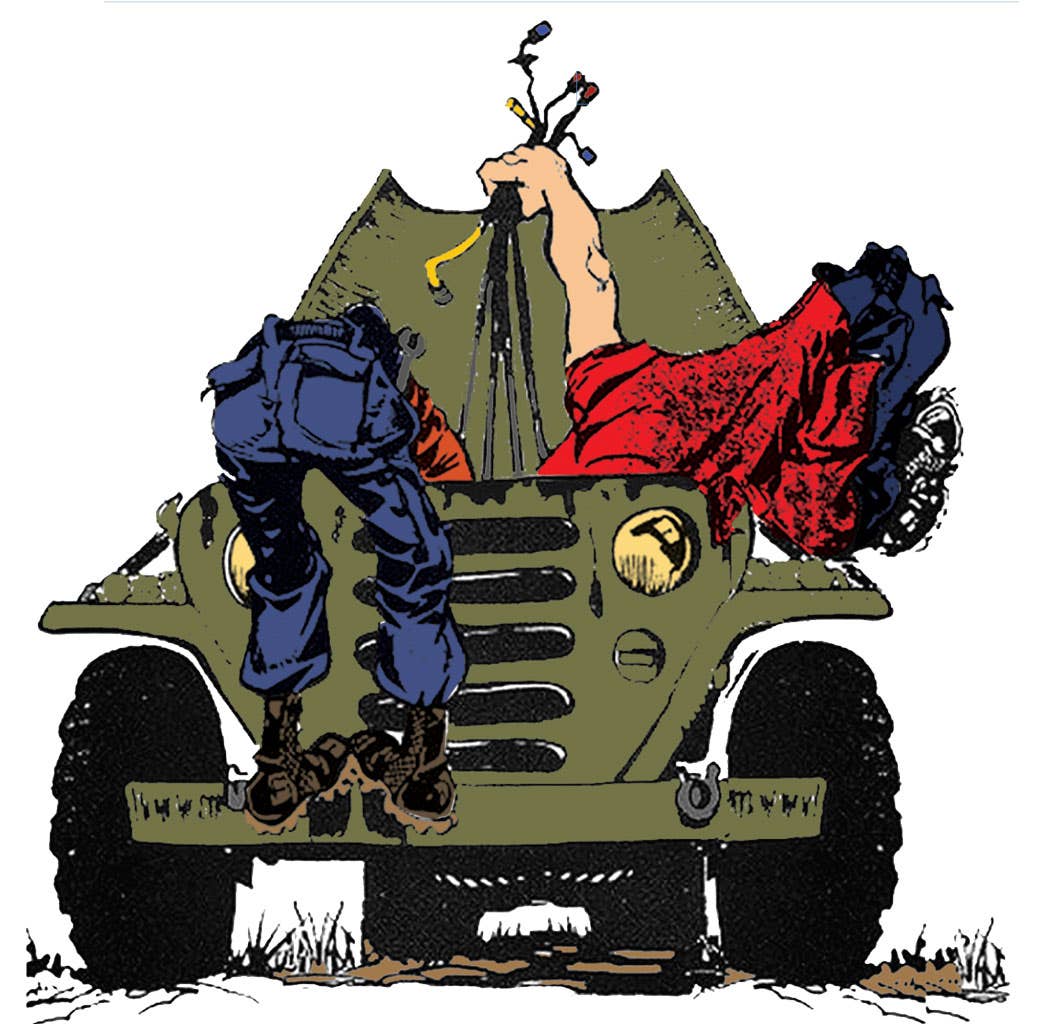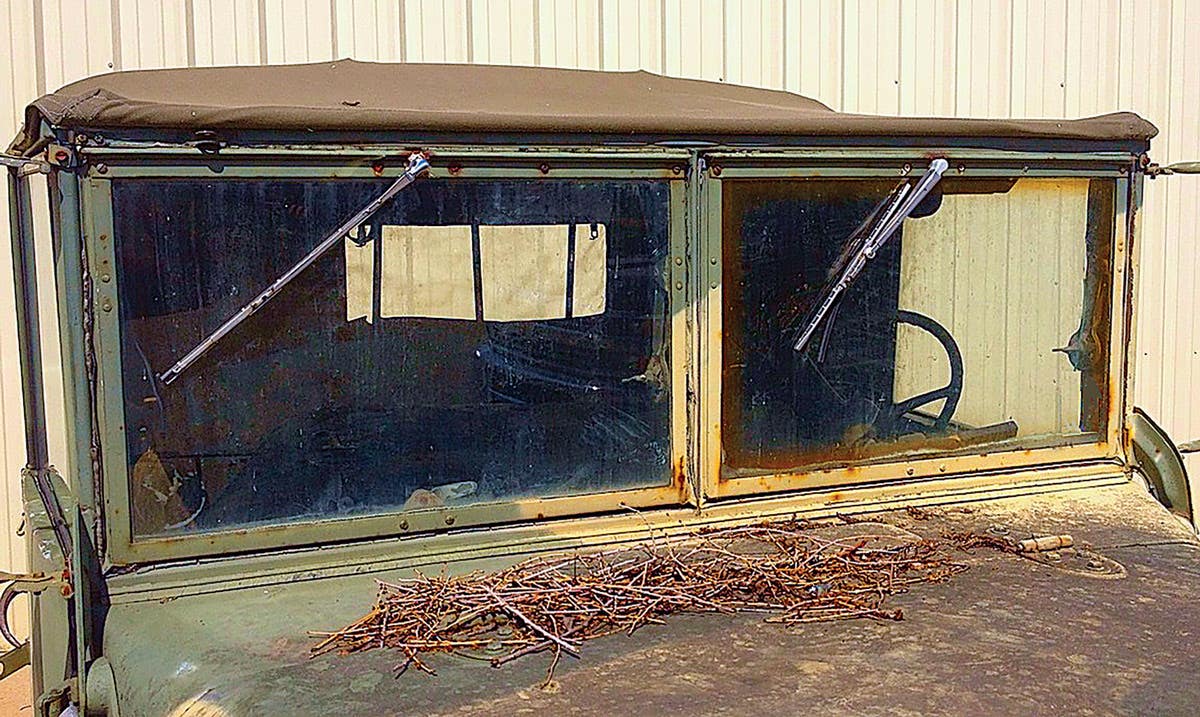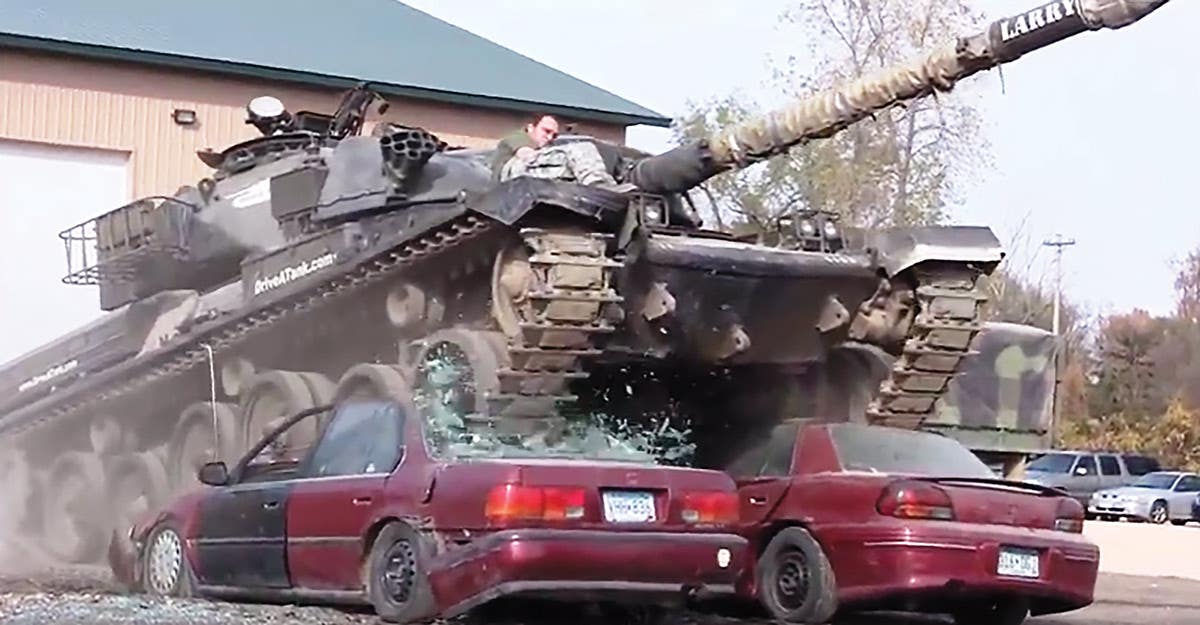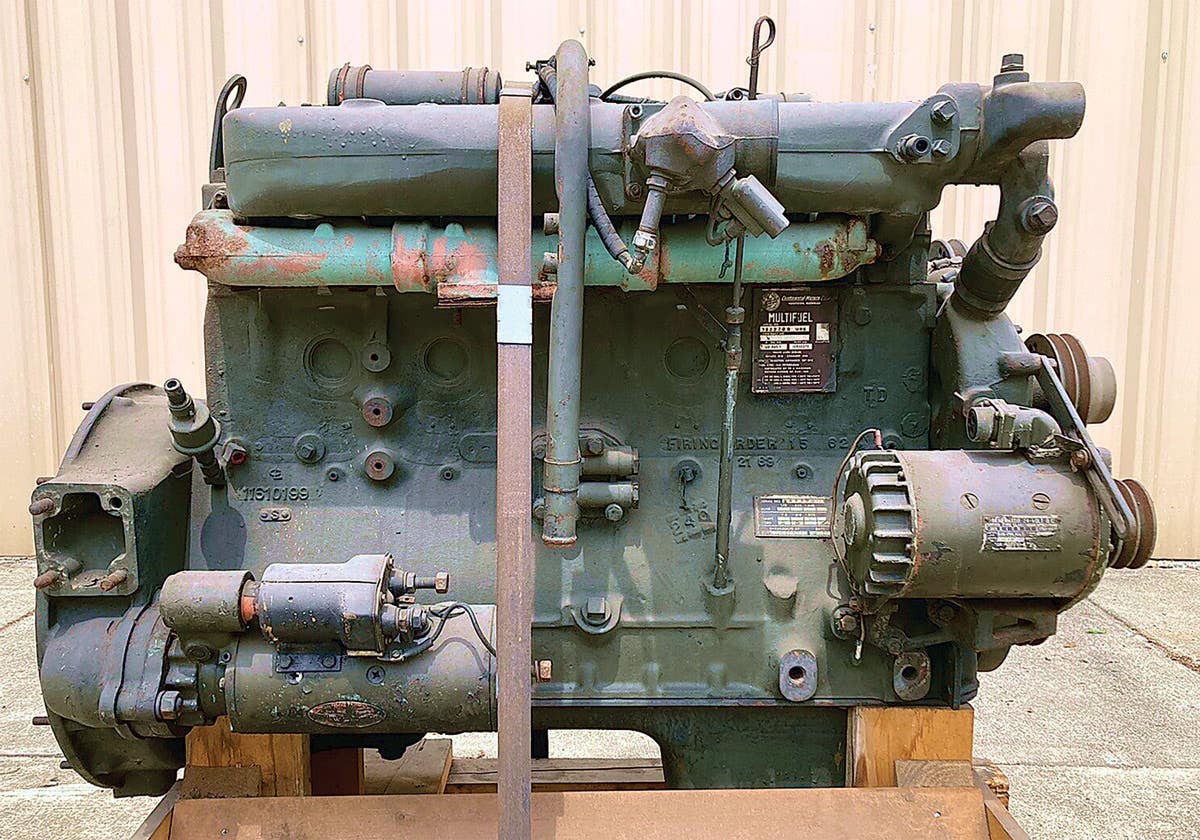Book Review – December 2016
M38A1 1/4-Ton Truck in Canadian Service (Canada Weapons of War series), by Andrew Iarocci (ISBN 978-1-894581-48-6, Service Publications, P.O. Box 33071, Ottawa, ON, Canada, K2C 3Y9, phone 613.820.7350, fax 613.820.1288,…
M38A1 1/4-Ton Truck in Canadian Service (Canada Weapons of War series), by Andrew Iarocci (ISBN 978-1-894581-48-6, Service Publications, P.O. Box 33071, Ottawa, ON, Canada, K2C 3Y9, phone 613.820.7350, fax 613.820.1288, website www.servicepub.com, e-mail sales@servicepub.com. Softcover, 6¾” x 10”, 24 pages, 22 black and white photos, 6 line drawings, 2008, $9.95 CDN).
In the early years of the Cold War, the Canadian military produced a variety of vehicles based on U.S. designs, in an effort among some of the Western allies to standardize production and equipment. One such vehicular family was the M38 CDN CDN. Built by Ford Motor Company of Windsor, Ontario, the truck was based on the U.S. M38 Jeeps produced by Willys-Overland Company of Toledo, Ohio. During a ten-month production run in 1952, Ford completed 1,911 M38 CDNs. That same year, Canada also began producing copies of the U.S. M38A1. Designated the M38A1 CDN, over 2,140 units were manufactured in three separate production runs in 1952–53, 1967, and 1970–71. The last of these Jeeps were phased out of Canadian service by 1987.
This booklet is a history of the production and service of the Canadian M38–M38A1 family. It includes descriptions and performance characteristics of both types. Also discussed are modified vehicles, including the ENTAL missile carrier, ambulance conversion kits, VIP Jeeps, and machine gun and recoilless rifle mounts. Fans of the military Jeep should find this illustrated profile a worthwhile and inexpensive reference. – George Schmidt
World War IIJeep in Action, by David Doyle (ISBN 978-0897478120, Squadron Signal Publications, available from David Doyle Books, PO Box 172287, Memphis, TN 38187, orders@DavidDoyleBooks.com; www.DavidDoyleBooks.com. Softcover, 80 pages, more than 200 black-and-white and color images, 2016, $19.95).
With 40% more pages and 36% more photos, this new edition of a classic title includes considerable new information and photos related to the development of the iconic jeep and its subsequent deployment by all US branches into all theaters of operation during WWII.From the early Bantam Quad, and later Bantam BRC-40, Ford GP, and Willys MA onto the standardized MB and GPW,this book displays the history of the diminutive but versatile 1/4-ton 4x4 truck in more than 200 vintage photos, over half of which are new to this edition, in both color and black and white. Complementing the images are in-depth captions explaining the nuances of the various models that both restorers and kit-builders will appreciate. Color profiles and detailed line drawings exhibit some of the subtle production changes and numerous modifications made combat soldiers.
Whether your Jeep is in the garage, on the modeling table, or just driving through your passions, this is a book that you will enjoy studying. Read it cover-to-cover, or flip randomly – the result will be the same: A new appreciation and understanding of the most famous 1/4-ton truck of WWII! – JAG.
Hell on Wheels (GI Series), by Christopher J. Anderson (ISBN 978-1848328099, Pen and Sword, distributed by Casemate Distributed in the U.S. by Casemate, 908 Darby Road, Havertown, PA 19083, 610.853.9131; www.casemategroup.com. Softcover, 7.5” x 9.75”, 72 pages, color and black-and -white illustrations, 2016, $19.99) .
This reissue of the book first published by Greenhill in 1999 is an illustrated guide to America’s armored forces from the use of prototypes tanks sputtering their way forward in 1918, to the complex technology of Operation Desert Storm. The book provides a nice array of photographs depicting the men who served their tanks from World War I through World War II, the Korean War, Vietnam War, and beyond.
As part of the GI series, Hell on Wheels examines both the equipment and uniformsused by US Army tank crewmen. Most of the book covers the WWII period, with less coverage on the tank crews from the Korean War and Vietnam. The Gulf War receives more detail, though text is minimal throughout, consisting mostly of well-written and meaningful photo captions.
Though not an ultimate work on the US armored forces, it does serve as a firm foundation work that historians, collectors, and model-builders will find useful. – JAG
M48 Patton: A Visual History of the U.S. Army’s Mid-20th Century Battle Tank, by David Doyle. (ISBN 978-0986112768, The Ampersand Group. available from David Doyle Books, PO Box 172287, Memphis, TN 38187, orders@DavidDoyleBooks.com; www.DavidDoyleBooks.com. Softcover, 10.9” x 8.7”, 128 pages, 250 color images and 20 black-and-white, 2015, $22.95).
The classic silhouette of the M48 is instantly recognizable to veterans from a period spanning four decades. The series of medium tanks formed the backbone of America’s armored force from the close of the Korean War, throughout the Cold War and onto the sands of Iran.
Development of the series at Chrysler in 1950. The conflict in Korea forced the rapid design and testing began in February 1953. After the The T48 was approved for production, nearly 1,000 T48s rolled out before the production model was standardized as the “90 mm gun tank M48”.
Throughout the 1950s and 1960s, upgrades addressed limited range, commander’s visibility while in the cupola, and improving the fire control system. When the M60 main battle tank was developed in the late 1950s, the huge M48 fleet underwent rapid modernization. Further modifications were made well into the 1970s, extending the series’ service life with the U.S. forces to more 30 years.
This book is a general guide to understanding the M48 series tanks. Combining historical imagery with walk-around images, the title explores all the fielded variants of the M48 series – starting with the T48 and continuing with the M48, M48A1, M48A2, M48A3, M67A1 and M48A5.
Modelers or anyone with an interest in one of the most-used main battle tanks in the post-WWII era will welcome this concise, illustrated history of one of the most famous Twentieth Century armored fighting vehicles.
From the staff of North America's no. 1 historic military vehicle source -- Military Vehicles Magazine







